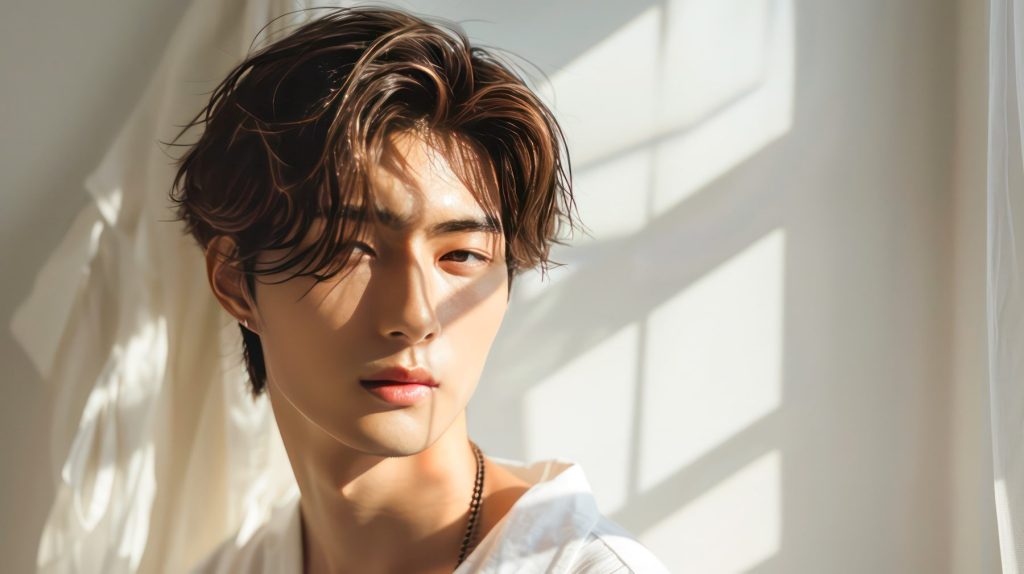Hair loss is a frustrating reality for many people. It can feel disheartening and sometimes even inevitable. But as medical technology advances, so do the options for treating it. One cutting-edge solution that’s been gaining traction is PRP therapy for hair loss. If you’ve been searching for effective, non-invasive treatments to rejuvenate your hair, this innovative therapy might be the answer you’ve been looking for.
What is PRP Therapy?

PRP, or Platelet-Rich Plasma, therapy uses components of your own blood to stimulate hair growth. Here’s how it works: your blood is drawn, spun in a centrifuge to separate its components, and then the concentrated plasma, which is rich in growth factors, is injected into your scalp. These growth factors work to repair damaged hair follicles, encouraging new growth and strengthening existing hair. Sounds revolutionary, right? That’s because it is!
The Science Behind PRP Therapy for Hair Loss
Platelets, a key component of PRP, contain growth factors that are essential in healing and regenerating tissue. When injected into areas of thinning hair, these growth factors can significantly improve hair density and thickness. But it’s not magic — it’s science. The growth factors stimulate dormant or weakening hair follicles, boosting their ability to produce thicker, healthier hair.
Many patients report seeing noticeable improvements after just a few sessions of PRP therapy for hair loss. The process is minimally invasive and typically takes about 30 to 60 minutes per session. While PRP isn’t a quick fix (most people need several treatments to see full results), the long-term benefits are worth it.
Is PRP Therapy for Hair Loss Right for You?
If you’re experiencing thinning hair or pattern baldness, PRP therapy for hair loss could be an excellent option. The treatment works best for individuals in the early stages of hair loss, as it helps rejuvenate follicles that are still active. Those with completely inactive or scarred follicles may not see the same results, but it’s worth consulting a specialist to determine your candidacy.
Ideal candidates for PRP therapy include:
- Men and women experiencing mild to moderate hair thinning
- Individuals looking for a natural, non-invasive option
- Those who are not eligible or ready for surgical hair restoration treatments
What to Expect During PRP Treatment
Now that you understand how PRP works, let’s talk about what happens during the actual treatment process.
- Blood Draw: The procedure starts with a simple blood draw, just like you would get during a routine check-up.
- Centrifuge: Your blood is then placed into a centrifuge, which spins it at high speed to separate the plasma from other blood components.
- Injection: The concentrated platelet-rich plasma is carefully injected into areas of your scalp where thinning or hair loss is occurring. Because PRP comes from your own blood, the risk of allergic reaction or rejection is minimal.
One of the biggest draws of PRP therapy for hair loss is that there’s little to no downtime. After treatment, you might experience some redness or mild swelling at the injection sites, but this usually subsides within a day or two.
Results and Long-Term Benefits

One of the most common questions people ask is: When will I see results? Like many other non-surgical treatments, PRP therapy requires patience. Most patients begin to notice visible improvements in hair texture and thickness within three to six months. Full results often take up to a year, with continued maintenance treatments recommended every 6-12 months to sustain growth.
The gradual, natural-looking results are one of the reasons why PRP therapy for hair loss is so popular. It doesn’t produce an instant or artificial appearance; instead, it allows your hair to grow and strengthen over time, blending seamlessly with your existing hair.
PRP Therapy Combined with Other Treatments
For optimal results, many people combine PRP therapy for hair loss with other hair restoration treatments. Some popular options include:
- Topical or Oral Medications: Finasteride and minoxidil can complement PRP by preventing further hair loss.
- Microneedling: This procedure can enhance PRP results by boosting collagen and increasing the absorption of growth factors.
- Laser Therapy: Low-level laser therapy may also stimulate hair growth when used in conjunction with PRP.
The Importance of Choosing a Skilled Practitioner
As with any cosmetic treatment, it’s crucial to choose a practitioner with experience and expertise in PRP therapy for hair loss. The quality of the procedure can significantly impact your results. When done by a skilled professional, PRP injections are precise and effective.
At Crystalline Clinic, our team is highly trained in offering this innovative treatment. We take the time to understand each patient’s unique hair loss concerns and create a customized treatment plan to help you achieve your goals.
Final Thoughts on PRP Therapy for Hair Loss
If you’re considering non-surgical options to combat hair loss, PRP therapy for hair loss could be the perfect solution. It’s natural, minimally invasive, and has shown promising results for many men and women dealing with thinning hair. The key to success is starting early and working with an experienced practitioner who can guide you through the process.
Ready to take the next step? Contact us today to schedule your consultation and find out if PRP therapy is right for you!
